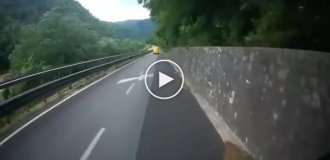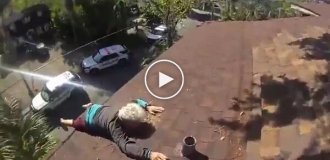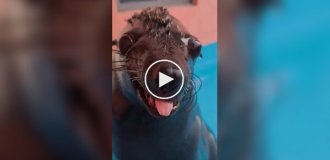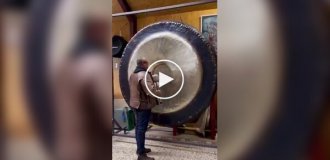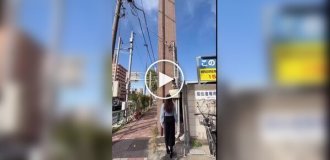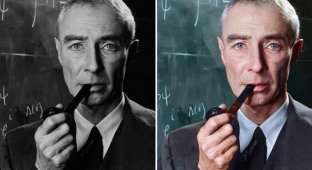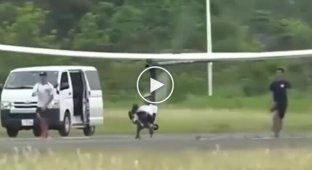A Collection of Interesting and Unusual Photos from the USA (21 photos)
I present to you a selection of captivating colorized photographs and a bit of history from everyday life in the United States. Each frame is brought to life in color to bring the past to life more vividly and intimately. 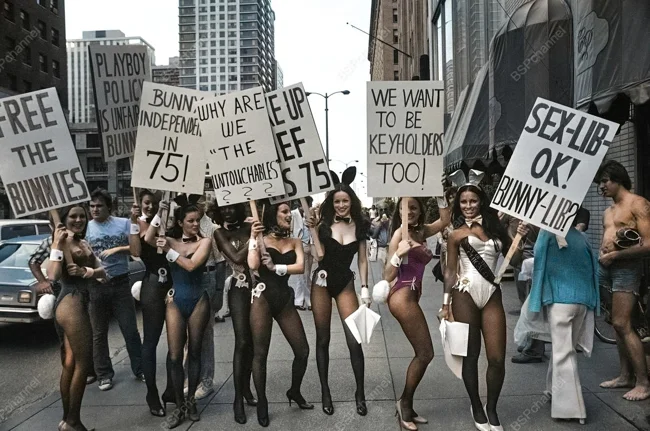
A woman with pieces of bacon tied to her legs stands on a giant frying pan, holding a huge wooden spatula, and smiles at the crowd. Chehalis, Washington, circa 1929–1932. 
Photographer: Vern S.
A Southern Pacific locomotive uses a plow to clear snow from the tracks at Donner Pass, five miles west of Soda Springs, California, in 1949. 
Photographer: John Dominis
Kentucky, USA, 1964. 
Photographer: William Gedney
Oil well fire. California, USA, 1928. 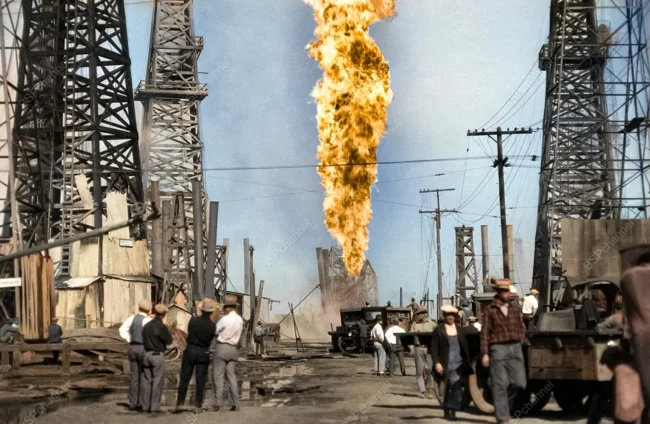
A furious flame erupted from the Bell View No. 1 oil well in one of California's richest fields, causing colossal damage to Santa Fe Springs. Following the explosion, the incredibly intense flames spread to neighboring drilling rigs due to the extreme heat, further exacerbating the devastation. Damages already run into the hundreds of thousands of dollars. This was the second major fire at this oil field.
A music class for children of farmworkers at the new kindergarten at the Okeechobee migrant labor camp. Belle Glade, Florida. 1941. 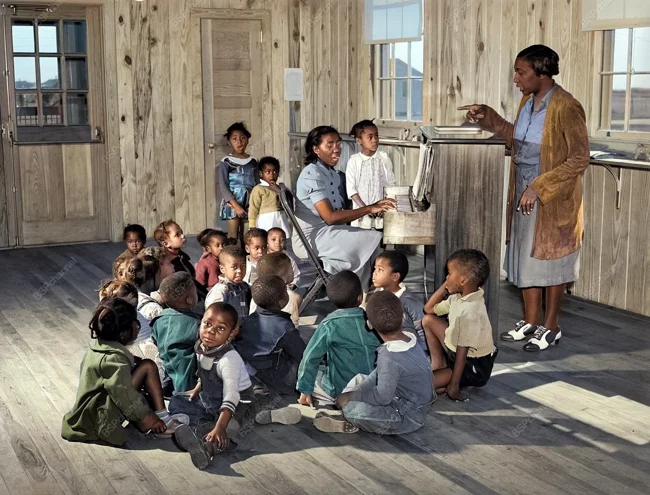
North Carolina, 1971-1972. 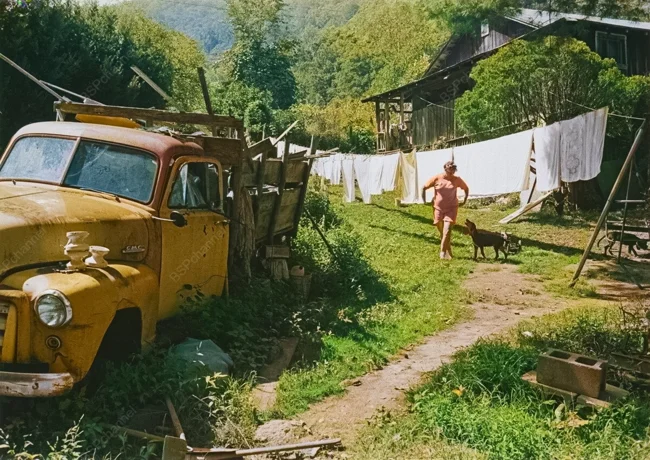
Photographer: Alex Harris
Aftermath of the power plant fire. Baltimore, USA, 1904. 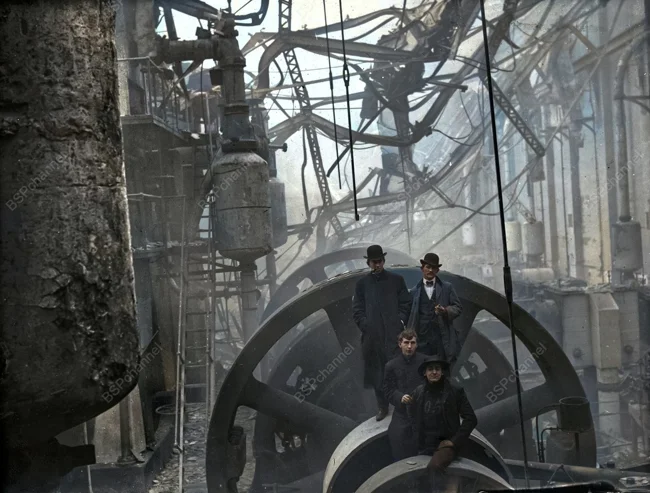
Customs House Clock Tower. Boston, USA, 1970s. 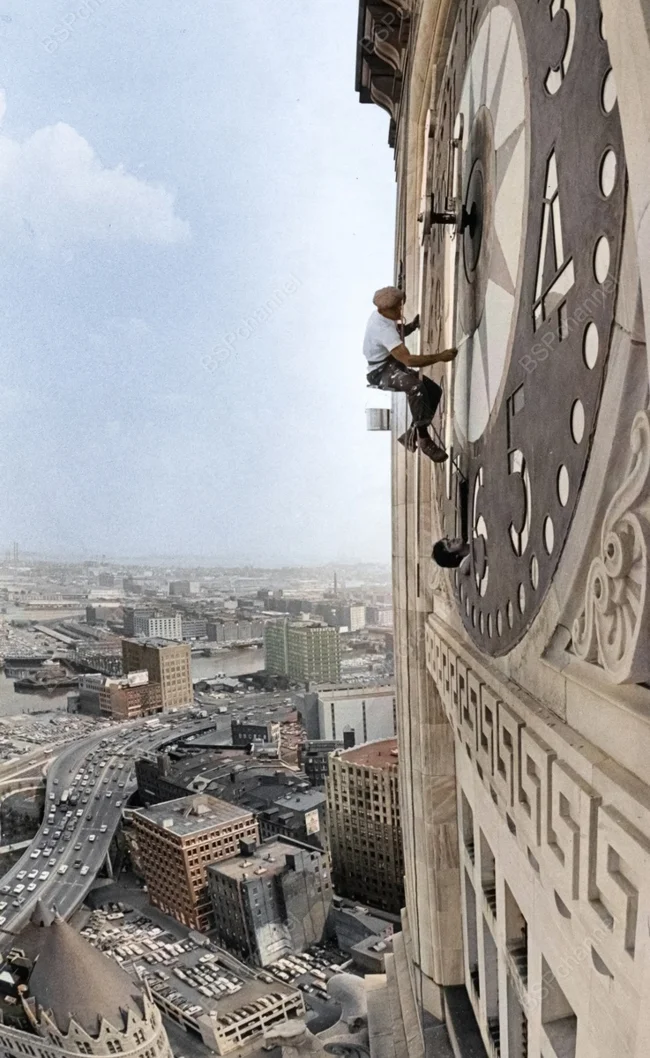
Earthquake aftermath. Alaska, 1964. 
Photographer: Bill Ray.
On March 27, 1964, at 5:36 PM local time, one of the most powerful earthquakes in U.S. history struck southern Alaska. Its magnitude measured 8.4 on the Richter scale. In the United States, it was dubbed the "Great Alaskan Earthquake." The epicenter was approximately 120 kilometers east of Anchorage, and the aftershocks lasted nearly five minutes—an incredibly long time for such an event. The consequences were devastating: the ground shifted tens of meters, entire sections of the coast sank or rose, and in some places the land level changed by 11 meters. But the main threat was the tsunami that struck the Alaskan coast, destroying homes, roads, and lives. The tsunami reached not only California and Hawaii, but also Japan, Chile, and even Antarctica. The disaster killed 131 people—a surprisingly low number for such a massive disaster, due to the region's sparse population. However, the damage was colossal: the cities of Valdez, Seward, and Kodiak were destroyed, and Anchorage was severely damaged. Paradoxically, this earthquake became a landmark in seismology. It confirmed the theory of plate tectonics and led to the development of modern tsunami warning systems in the Pacific Ocean.
Steamboat on the Ocklawaha River. Florida, USA, 1902. 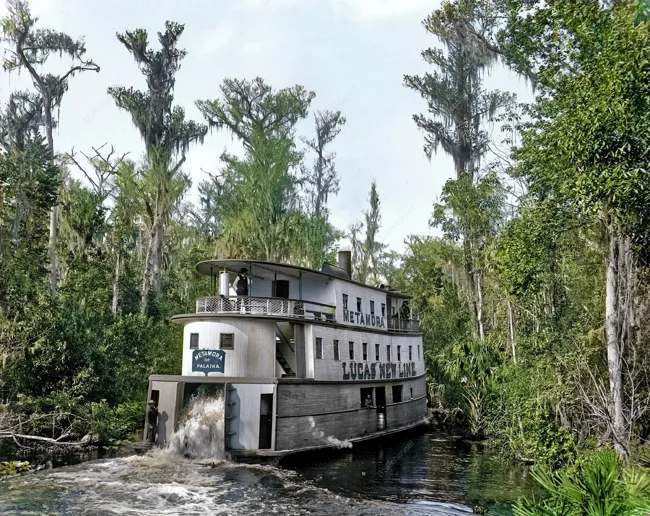
Hot dog vendor. New York City, 1936. 
Photographer: Berenice Abbott
A family sorting through nuts in a dingy basement. New York City, 1911. 
The press covers the John F. Kennedy campaign in Illinois, 1960. 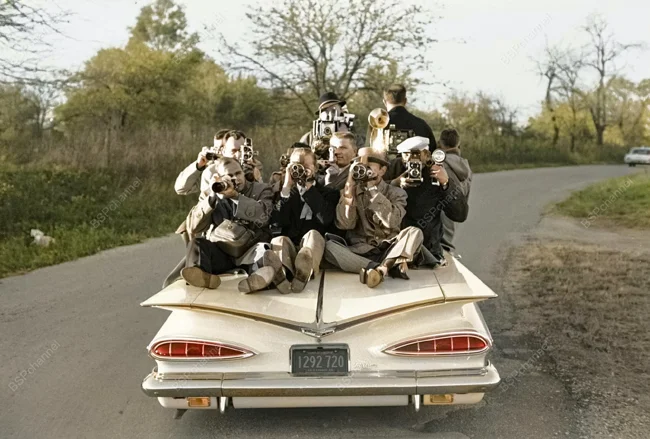
Photographer: Paul Schutzer
Climbers on Mount Hood. Oregon, USA, 1928. 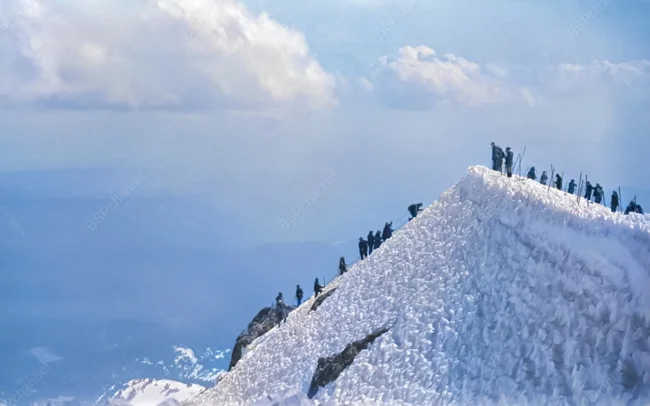
Photographer: Alva Day.
Climbers participated in the annual American Legion ascent. An Aleut with a seal puppy. USA, Alaska, 1910. 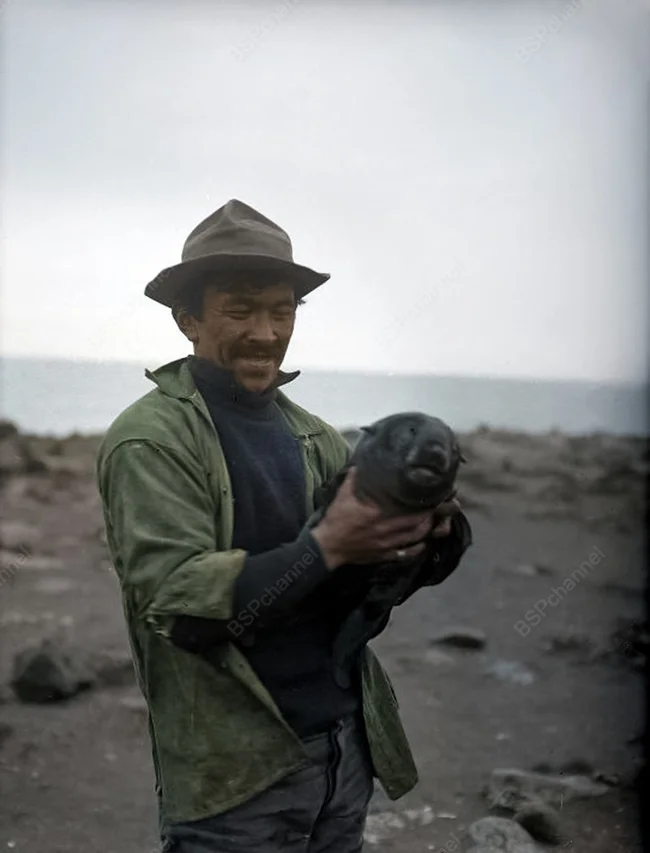
Fur seal and sea lion pups are traditionally called "pups"—and for good reason. It's widely believed that they were given this nickname because of the pinnipeds' supposed relationship to dogs, as seals, walruses, and other members of the carnivorous order do share distant ancestors with dogs. However, the term "pup" was actually established long before scientists discovered the evolutionary connections. It was widely used by northern hunters who heard seals making sounds remarkably similar to a dog's bark. It was this similarity, not any knowledge of biology, that prompted them to call the pups "pups"—and, as it turns out, their intuition was correct: science later confirmed that pinnipeds and canids are indeed distantly related.
A farm family picking berries. USA, 1910. 
Author: Lewis Weeks Hine
New York, USA, 1947. 
Photographer: Henri Cartier-Bresson
Ed Fury, bodybuilder and Mr. Los Angeles contestant, with model Jackie Coy. USA, 1953. 
Photographer Fritz Goro on assignment near Bikini Atoll, taking photos for LIFE magazine, 1953. 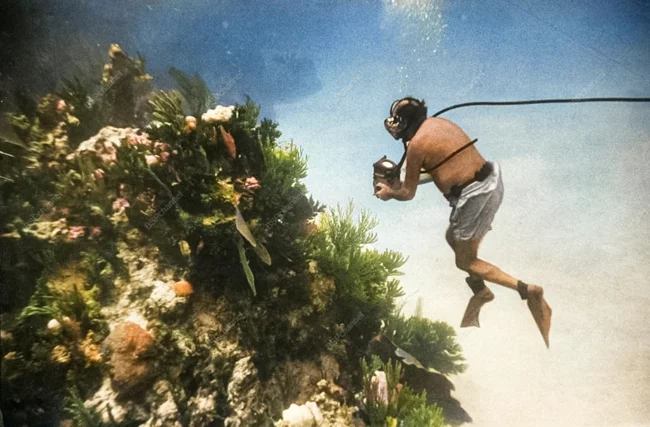
Bunny strike at the Playboy Club in Chicago, June 18, 1975. 
This photo depicts the Playboy Club bunny strike in Chicago on June 18, 1975, when Playboy bunnies protested unfair treatment at work. They demanded higher wages, fairer rules, and greater respect at work. Why it was important: The protest occurred at a time when women were fighting for fairness and equality in the workplace, and it showed how this struggle extended to a workplace that was focused on women's appearance.

